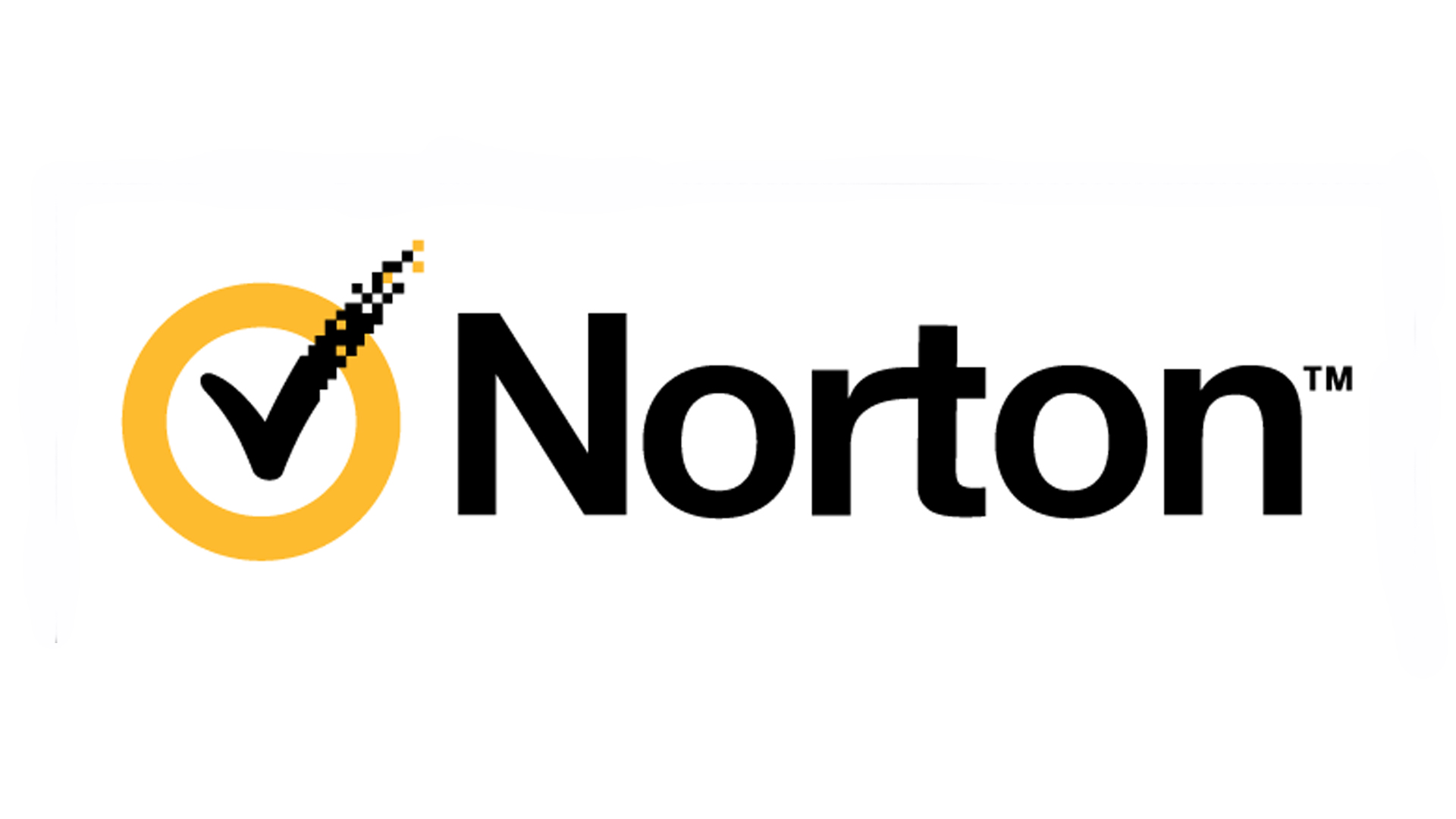
- #2019 best ransomware protection software
- #2019 best ransomware protection free
- #2019 best ransomware protection torrent
Not to be confused with Globe or the original GlobeImposter, GlobeImposter 2.0 uses AES-256 cryptography to encrypt a victim’s files and demands a ransom that ranges from one to 10 Bitcoin. GlobeImposter 2.0 accounted for 6.5 percent of ID Ransomware submissions during Q2 and Q3 2019. Most of these costs – as well as additional fees involved with hiring a cybersecurity lawyer and the services of a ransomware recovery company – were covered by the district’s insurer, but the district was still responsible for paying a $10,000 excess. The school district agreed to pay more than $38,000 worth of Bitcoin to the attackers in order to recover the encrypted files. In July 2019, the Wyoming Area School District lost access to data after it was hit with Phobos, which entered the system via a brute force attack on an outside port. Phobos primarily targets businesses and public entities. There have been instances of no decryption tool being delivered after payment. As with Dharma, Phobos does not state a ransom amount and instead instructs victims to email the attackers to discuss the price of decryption. Lists of stolen RDP credentials are frequently sold on the underground market and can be extremely valuable to cybercriminals. Phobos primarily spreads by exploiting open or poorly secured RDP ports. Phobos closely resembles the Dharma ransomware family and was first spotted in early 2019.

Named after the Greek god of fear, Phobos was responsible for 8.9 percent of ID Ransomware submissions between April 1 and September 30. The hospital refused to pay the ransom, and instead hired a cybersecurity consultant to restore the hospital’s systems from backups. The attack encrypted hospital records and files containing important patient information such as names, social security numbers, credit card information and more. It has affected a number of major organizations, including Altus Baytown Hospital, Texas. The ransom amount tends to be higher for larger companies.ĭharma primarily targets businesses. Unlike many other types of ransomware, Dharma (.cezar family) does not specify a ransom amount instead, it instructs victims to contact the ransomware distributors via email to negotiate the ransom. This may be due to threat actors making more effective use of multiple attack vectors such as malicious email attachments, infected installers and weak or leaked RDP login credentials. It accounted for 12 percent of submissions.ĭharma has been around in one form or another since 2016, but has seen a spike in activity in recent months. The second most common ransomware submitted to ID Ransomware over Q2 and Q3 2019 was a Dharma variant that appends the.
#2019 best ransomware protection free
Free decryption tools are available for a limited number of variant, but newer versions cannot be decrypted. After 72 hours, the ransom demand doubles to $980.
#2019 best ransomware protection software
Once executed, STOP encrypts files with Salsa20 encryption and instructs the victims to pay a ransom of $490 worth of Bitcoin in exchange for decryptor software and a private decryption key. It is typically hidden in applications such as software cracks and key generators, which are tools that allow users to activate paid software for free.
#2019 best ransomware protection torrent
STOP targets home users and is often distributed via torrent sites.

First spotted in late 2018, STOP/DJVU has grown to include dozens of variants.

There were more than 76,000 STOP/DJVU submissions to ID Ransomware, which probably represents only a fraction of the total number of victims. The most commonly reported ransomware strain during the period April 1 to September 30 was STOP (sometimes referred to as DJVU), which accounted for 56 percent of all submissions. What are the most commonly reported ransomware strains? 1. governments, education and healthcare entities, see State of Ransomware in the U.S.: 2019 Report for Q1 to Q3. It also directs the user to a decryption tool, should one be available.įor details on ransomware attacks against U.S. Created by Emsisoft Security Researcher Michael Gillespie, ID Ransomware is a website that enables both businesses and home users identify which ransomware strain has encrypted their files by uploading the ransom note, a sample encrypted file and/or the attacker’s contact information. This report is based on data from more than 230,000 submissions to Emsisoft and ID Ransomware between April 1 and September 30, 2019. Ransomware strains such as Ryuk played a dominant role, crippling dozens of public entities across the U.S., while ransomware-as-a-service like Sodinokibi and GandCrab enabled ransomware distributors to generate millions, perhaps even billions, of dollars in ransom payments. In contrast to the spray-and-pray campaigns of the past, threat actors are increasingly targeting larger and more profitable targets such as businesses, schools and government organizations. Ransomware attacks continued to become more focused and sophisticated in Q2 and Q3 2019.


 0 kommentar(er)
0 kommentar(er)
